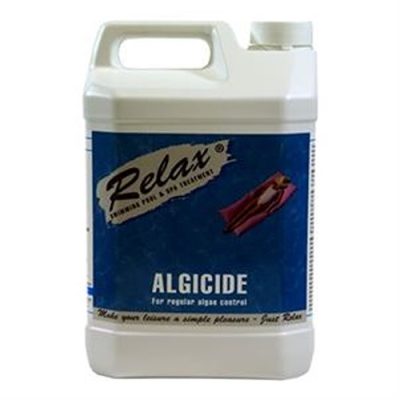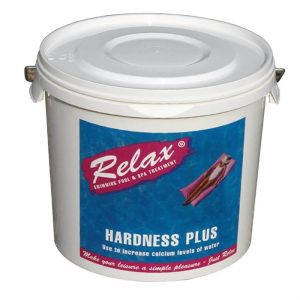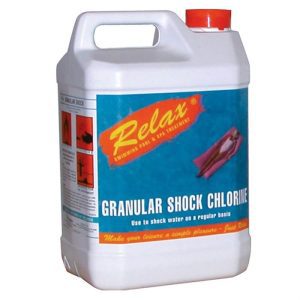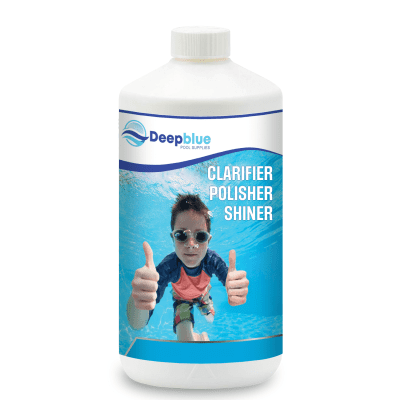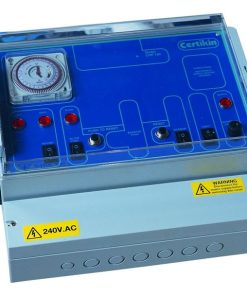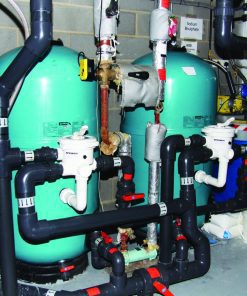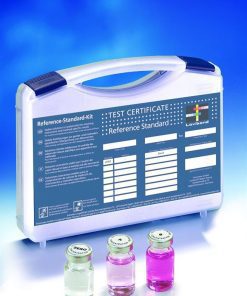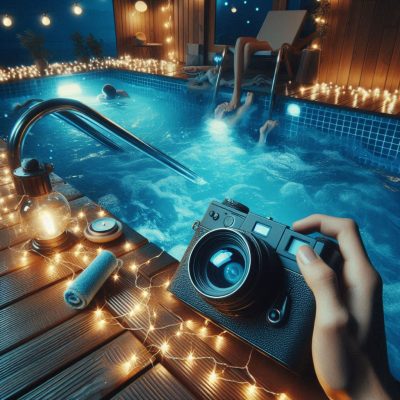Blogpool, Chemicals, Hottub, Water Testing
Understanding Hot Tub Chemicals: A Beginner’s Guide
New hot tub owners face difficulty understanding the various maintenance chemicals because of their overwhelming nature. The beginner’s guide presents a clear explanation of crucial hot tub chemicals and their functions as well as effective usage methods.
1. The Importance of Hot Tub Chemicals
The proper use of hot tub chemicals determines water quality maintenance as well as bacterial control and provides a secure hot tub experience. Hot tub maintenance requires constant testing along with chemical adjustments to achieve optimal results.
2. Key Hot Tub Chemicals
Hot tub maintenance involves working with the following essential chemicals:
Hot tub users must maintain chlorine as their main sanitizer because it efficiently destroys bacteria while preserving water cleanliness. Hot tub owners should maintain chlorine levels between 3-5 parts per million (ppm).
Hot tubs can use bromine as an alternative sanitizer which retains stability during high temperatures. The recommended level is also between 3-5 ppm.
pH Increaser/Decreaser: Used to raise or lower pH levels as needed. Hot tub operators should maintain their water pH between 7.2 and 7.8.
Hot tub operators should use Alkalinity Increaser to elevate total alkalinity measurements because this action stabilizes pH levels. The ideal range is between 80 and 120 ppm.
3. Testing Hot Tub Water
Testing the water regularly remains crucial for maintaining proper water chemistry balance. The following procedure shows you how to test your hot tub water correctly:
A test kit suitable for hot tubs should be purchased by hot tub owners.
Frequency: Test the water at least once a week, or more frequently if the hot tub is used often or after heavy usage.
4. Adding Chemicals to Your Hot Tub
The following procedure helps you achieve correct chemical concentrations:
Hot tub owners need to apply the manufacturer-recommended Chlorine/Bromine quantities based on their hot tub volume size. Hot tub users should dissolve granular chlorine or bromine substances in warm water before they can add it to the hot tub water.
The recommended amount of pH Increaser/Decreaser should be added to your test results according to the instructions then let the water circulate for at least thirty minutes.
Users should follow test results to determine Alkalinity Increaser quantities then apply the same circulation protocols.
5. Shocking Your Hot Tub
Hot tub water quality depends heavily on shocking procedures as part of regular maintenance. The process requires users to add strong sanitizer doses to eliminate all contaminants:
Hot tub shock procedures need to happen every 1-2 weeks along with immediate attention after excessive use.
Hot tub shock requires either chlorine or non-chlorine treatments. Use the product instructions for proper dosage measurements and wait times before using the hot tub.
6. Regular Maintenance Tips
Hot tub maintenance requires both chemical balance and regular maintenance to maintain excellent condition.
Regular cleaning of hot tub filters will ensure both water circulation and clarity.
The hot tub requires water replacement every three to four months or until the water requires a change.
7. Safety Precautions
Hot tub chemical handling requires that safety becomes your top priority at all times.
Before starting any chemical treatment follow the guidance printed on the product labels.
Handling chemicals requires the use of protective gloves to protect your skin from potential harm.
Store chemicals in dry conditions with reduced temperature levels in a location which is both distant from sunlight and inaccessible to children.
8. Common Issues and Solutions
Hot tub chemicals can produce several frequent issues which owners need to handle.
Cloudy Water: The water shows cloudiness thus users should examine both chlorine and bromine concentrations while performing a water shock procedure.
Skin irritation symptoms in users require users to check pH levels before making pH adjustments. High pH levels in water produce symptoms that make users feel uncomfortable.
9. Regular Monitoring
Performing regular monitoring of your hot tub water prevents developing problems which can arise in the future.
Hot tub owners who use their hot tubs frequently may want to consider daily sanitizer level testing.
A complete water test combined with chemical adjustments must be performed at least weekly.
10. What have we learnt
Hot tub chemicals require understanding to maintain clean water that is safe for enjoyable use. The regular assessment of chemical levels will result in enjoyable soaking experiences for yourself and your guests. When you follow appropriate maintenance practices your hot tub will remain a relaxing oasis for multiple years. For any of the chemicals or tools mentioned on this page please visit our website or reach out to The Pool Cleaners’ helpful support team for guidance.
Some products you might be interested in:


